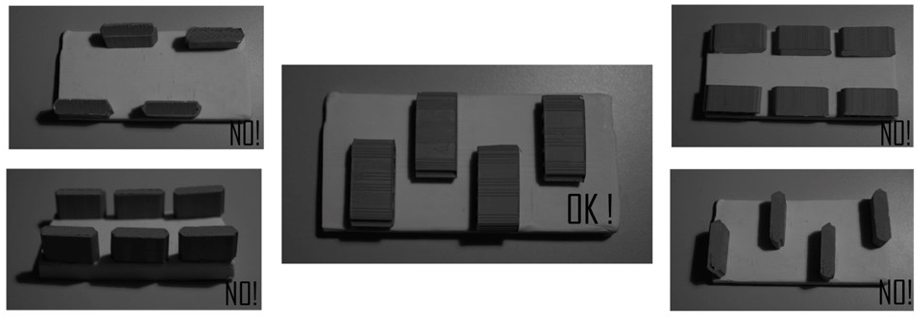Valentina Cristini1 and José Ramón Ruiz Checa2
- Valentina Cristini , Architect and PhD Student, Instituto de Restauración del Patrimonio, Universidad Politécnica de Valencia – España-vacri@upvnet.upv.es
- José Ramón Ruiz Checa, Master Architect and Lecturer of Construction’s Materials, Dep. Construcciones , Universidad Politécnica de Valencia – España- joruiche@csa.upv.es
ABSTRACT
In the Iberian Peninsula the type of cob wall called “tapia valenciana” is usually a kind of fabric analyzed in local architecture or in monumental/ military case studies (like city walls, watchtowers, castles…). In spite of these great examples, in Valencia city centre we can still find walls –mostly dividing walls – in the buildings that have parts made with this reinforced earth walls.
This research presents those anonymous, humble, ancient 3-4 floor buildings which present parts, in the dividing walls, made with reinforced cobs. They consist of cobs which include bricks on the outside. This type of wall can be easily mistaken for a brick wall, with deep joints, if it’s not carefully examined. When tamped, the shell flows out between the bricks so that their surface appears partly covered by mortar.
Their state of conservation is quite good. In fact several deterioration agents can be reduced due to the presence of these reinforcing bricks. Above all, the existence of the protective/structural presence of bricks assumes great importance. Due to the presence of bricks, it is also possible to improve the control of alteration of volume and the loading capability.
Considerations should also be given to the beneficiated behavior of these walls, especially, the increase of resistance. The compatibility between the earth walls and the materials applied (in this case bricks) is really crucial in terms of assuring the good performance of the system and – especially– the efficient conservation of the walls.
KEYWORDS: rammed lime and earth technique, bricks, reinforced earth walls
B6-3



